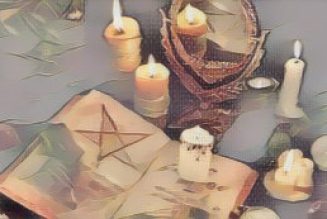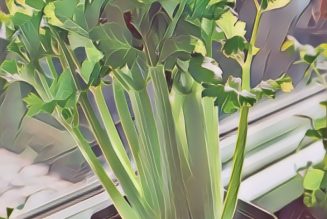Epilobium, commonly known as willowherb, is a fascinating and diverse genus in the evening primrose family, Onagraceae, boasting nearly 200 species found across the globe. These resilient plants thrive in a wide range of habitats—from the cool, damp meadows and riverbanks of the subarctic and temperate regions, to the misty highlands of the tropics, where they seek out the cool embrace of montane climates.
Epilobium’s botanical features are both delicate and striking. The plants typically grow upright, with slender, sometimes reddish stems that can reach from a few inches to over a meter tall. Their leaves are long, narrow, and finely toothed, resembling those of the willow tree—hence the name willowherb. In summer, Epilobium bursts into bloom with clusters of small, four-petaled flowers, most often in shades of pink, purple, or white. Each flower is notched at the tip and crowned with a spray of white stamens, creating a soft, ethereal effect.
After flowering, Epilobium produces slender seed pods that split open to release clouds of silky seeds, carried far and wide by the wind. This clever adaptation allows willowherbs to quickly colonize disturbed ground, making them pioneers in ecological succession and vital for stabilizing soil and supporting pollinators.
Among the most notable species is Epilobium angustifolium, better known as fireweed, famous for its ability to flourish in areas recently cleared by fire or human activity. Other species, like Epilobium hirsutum, the great willowherb, are common sights along waterways and ditches.
Epilobium has long been valued in herbal medicine. Its leaves and flowers are used in teas and tinctures to soothe urinary and digestive complaints, and some species are believed to have anti-inflammatory properties.
In folk magic and witchcraft, willowherb is a plant of profound symbolism and practical power. Traditionally, Epilobium is associated with healing, protection, and renewal—its presence in disturbed or burned landscapes is seen as a sign of nature’s resilience and the promise of new beginnings. Witches often place sprigs of Epilobium on altars to invoke these qualities, or weave the stems into protective charms to ward off negativity and ill fortune. In some traditions, dried Epilobium is burned as incense during rituals of purification, its smoke believed to cleanse spaces of lingering sorrow or stagnant energy. The plant’s airy seeds, carried by the wind, are used in spells for releasing burdens, letting go of the past, and inviting transformation. Practitioners may write wishes or intentions on slips of paper, wrap them with Epilobium down, and release them to the breeze, trusting the plant’s spirit to carry their hopes to the universe. In love magic, Epilobium flowers are sometimes added to sachets or baths to encourage emotional healing and open the heart to new connections. Folklore also tells of Epilobium being hung above doorways or windows to protect the home from harm, or placed under pillows to ward off nightmares and bring peaceful sleep. The plant’s four-petaled flowers, with their cross-like shape, are seen as symbols of balance and harmony, making Epilobium a powerful ally in rituals seeking to restore equilibrium or foster inner peace. Whether used in spellwork, carried as a talisman, or simply honored in the wild, willowherb’s gentle yet persistent energy is cherished by magical practitioners for its ability to heal, protect, and inspire renewal.
Culturally, Epilobium’s role as a pioneer plant has made it a symbol of resilience and hope. Its ability to thrive in harsh or disturbed environments reminds us of nature’s power to heal and regenerate. For witches and plant-lovers alike, willowherb offers both practical uses and a gentle, magical presence in the wild and in the garden.
Whether you encounter Epilobium in a windswept meadow, a mountain glen, or your own backyard, take a moment to appreciate its beauty, its ecological importance, and its deep roots in herbal and magical tradition.






![[AEKYUNG] Alpist Vegan Scalp Care Shampoo Bar (Baby Powder Scent)](https://i.ebayimg.com/images/g/mmYAAOSw63Fl3ixz/s-l225.jpg)
![[AEKYUNG] Alpist Vegan Scalp Care Shampoo Bar (Cotton Musk Scent)](https://i.ebayimg.com/images/g/4dMAAOSwkbpl3kqc/s-l225.jpg)















